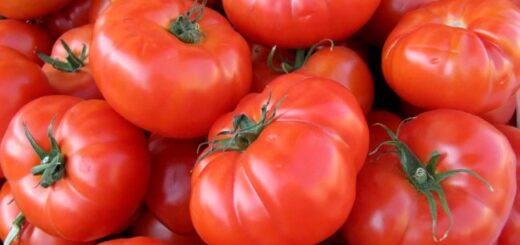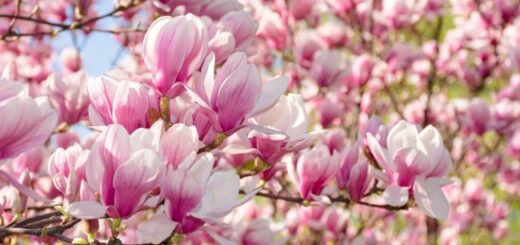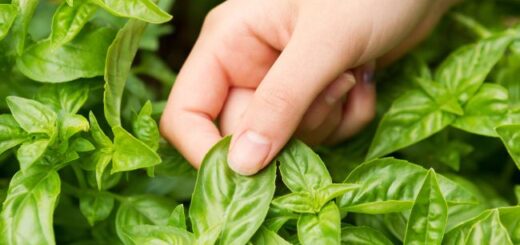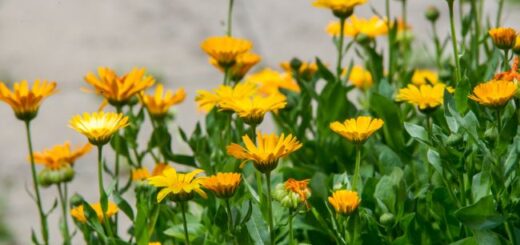Gardening Calendar Last week of March 2023
Day 1: March 27th, 2023
- Start by inspecting your garden and removing any dead or diseased plants, leaves, or branches.
- Check your soil’s pH level and adjust it if necessary. You can purchase a soil pH test kit from your local garden center or online.
- Plant cool-season vegetables such as lettuce, spinach, radishes, and peas. You can also plant cold-hardy flowers like pansies and snapdragons.
- If you have a compost pile, turn it to aerate and mix the contents.
Day 2: March 28th, 2023
- Trim any shrubs or trees that require pruning to shape them for the upcoming growing season.
- Check your watering system, if you have one, to make sure it is functioning correctly.
- Start seeds indoors for warm-season vegetables like tomatoes, peppers, and eggplants.
- Remove any weeds from your garden and flower beds.
Day 3: March 29th, 2023
- Fertilize any trees or shrubs that need it. Check with your local garden center or extension office for recommendations on the best type of fertilizer to use.
- Begin transplanting any seedlings that are ready to be moved into your garden.
- Check your irrigation system again, making sure it is evenly distributing water and not leaking.
- Install a birdhouse or bird feeder to attract birds to your garden. They will help control pests and provide a natural form of beauty and entertainment.
Day 4: March 30th, 2023
- Sow seeds outdoors for warm-season annuals such as marigolds, zinnias, and sunflowers.
- Prepare your garden bed for planting by adding compost or other organic matter to the soil.
- Prune roses by cutting back any dead or damaged branches and shaping the remaining stems.
- Check your garden for pests, and treat them with an organic insecticide or pesticide if necessary.
Day 5: March 31st, 2023
- Plant any herbs that you want to grow in your garden, such as basil, chives, and parsley.
- Check for any signs of disease in your plants and treat them with an appropriate fungicide if necessary.
- Fertilize your lawn with a slow-release fertilizer to promote healthy growth.
- Set up a butterfly garden by planting nectar-producing plants like milkweed and butterfly bush.
The last week of March 2023 is a suitable time for these gardening tasks for several reasons related to weather, temperature, and plant growth cycles. Here are some reasons why:
- Temperature: By the last week of March, temperatures in many regions have started to warm up, making it an excellent time to begin planting cold-hardy vegetables and flowers. It is also warm enough to start seeds indoors for warm-season plants, which need a longer growing season.
- Soil: In the last week of March, the soil has warmed up enough to support root growth and seed germination. It is also easier to work with soil in the spring when it is not too wet or too dry.
- Light: As the days get longer in late March, there is more light for plants to photosynthesize and grow.
- Pests and Diseases: In the last week of March, pests and diseases have not yet become a significant problem in many regions, so it is a good time to inspect your plants and take preventative measures against any potential threats.
- Wildlife: March is also a good time to attract beneficial wildlife to your garden, such as birds and butterflies. Setting up birdhouses and feeders can encourage them to visit your garden and help control pests.
That’s it! Following these steps will help you get your garden in tip-top shape for the upcoming growing season. Remember to water your plants regularly and keep an eye out for any signs of trouble, so you can address them quickly. Happy gardening!





